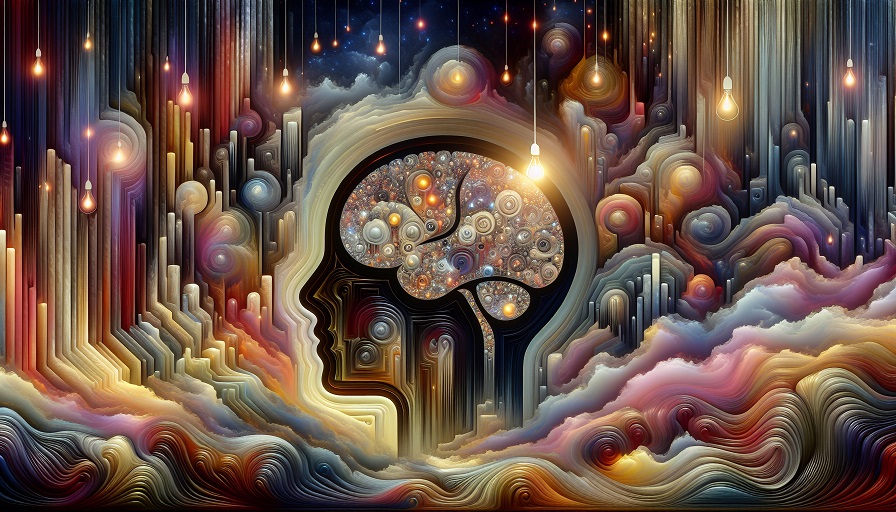
Yes, ambient lighting affects the way you think by influencing brain areas involved in alertness, mood regulation, and cognitive performance. The color temperature, brightness, and timing of light exposure can sharpen focus, improve memory, or, conversely, lead to fatigue and distraction.
Contents
Why Lighting Conditions Matter for Your Brain
Light isn’t just a visual aid – it’s a biological signal. Your brain interprets environmental light cues to regulate circadian rhythms, hormone production, and mental state. Ambient lighting influences everything from wakefulness to creativity to emotional balance.
Brain Pathways Influenced by Light
When light enters your eyes, it travels not only to the visual cortex but also to areas tied to cognitive and emotional function:
- Suprachiasmatic nucleus (SCN): Regulates your biological clock and sleep-wake cycles
- Hippocampus: Implicated in memory formation, which responds to optimal light levels
- Prefrontal cortex: Governs attention, working memory, and decision-making; light can modulate its activation
- Amygdala: Affected by dim or cold lighting in ways that may increase anxiety or emotional sensitivity
Effects of Different Lighting Conditions
1. Bright, Cool Light (5000–6500K)
- Promotes: Wakefulness, concentration, analytical thinking
- Use for: Morning tasks, studying, offices, problem-solving
- Brain effect: Suppresses melatonin and activates alertness circuits
2. Warm Light (2700–3500K)
- Promotes: Calmness, relaxation, emotional openness
- Use for: Evening hours, creative thinking, winding down
- Brain effect: Supports dopamine release and relaxation signals
3. Dim or Flickering Light
- Promotes: Fatigue, eye strain, reduced attention
- Use for: Avoid prolonged exposure, especially in task-heavy environments
- Brain effect: Triggers compensatory activation, increasing cognitive load
Scientific Evidence
- Journal of Environmental Psychology (2016): Found that students exposed to cool-white lighting scored higher on tests of sustained attention compared to those in warm-light environments.
- Chronobiology International (2018): Reported that workplace lighting that mimicked natural daylight improved alertness and reduced midday mental fatigue.
- Neuropsychobiology (2020): Showed that light color temperature significantly affected reaction time and working memory performance in controlled lab settings.
Lighting and Circadian Rhythm
Your cognitive performance fluctuates across the day depending on how synchronized your circadian clock is. Proper lighting – especially exposure to natural light during the first half of the day – helps align your internal clock, supporting clearer thinking and better mood regulation.
Tips for Brain-Optimized Lighting
- Morning: Use cool, bright light to jumpstart alertness and focus
- Midday: Maintain exposure to daylight or daylight-simulating bulbs
- Evening: Shift to warm, dimmer light to encourage relaxation and melatonin production
- Workspaces: Combine ambient and task lighting to minimize visual strain
- Avoid blue light before bed: It delays sleep onset and reduces deep sleep quality
Natural Light vs Artificial Light
While artificial lighting is functional, nothing matches the benefits of natural light exposure. Sunlight provides the full spectrum of wavelengths that support serotonin production, energy, and mental well-being. If possible, position desks or reading areas near windows to take advantage of this cognitive boost.
Yes, ambient lighting absolutely affects how well your brain performs. Adjusting the intensity and tone of light in your environment can sharpen attention, lift your mood, and align your biological rhythms for better mental performance. With just a few lighting tweaks, your brain could function more clearly and comfortably throughout the day.

